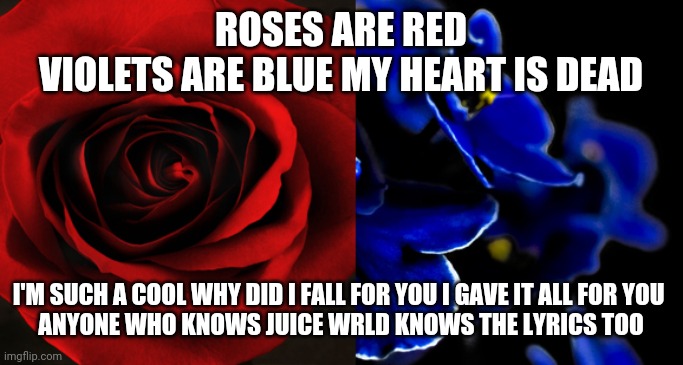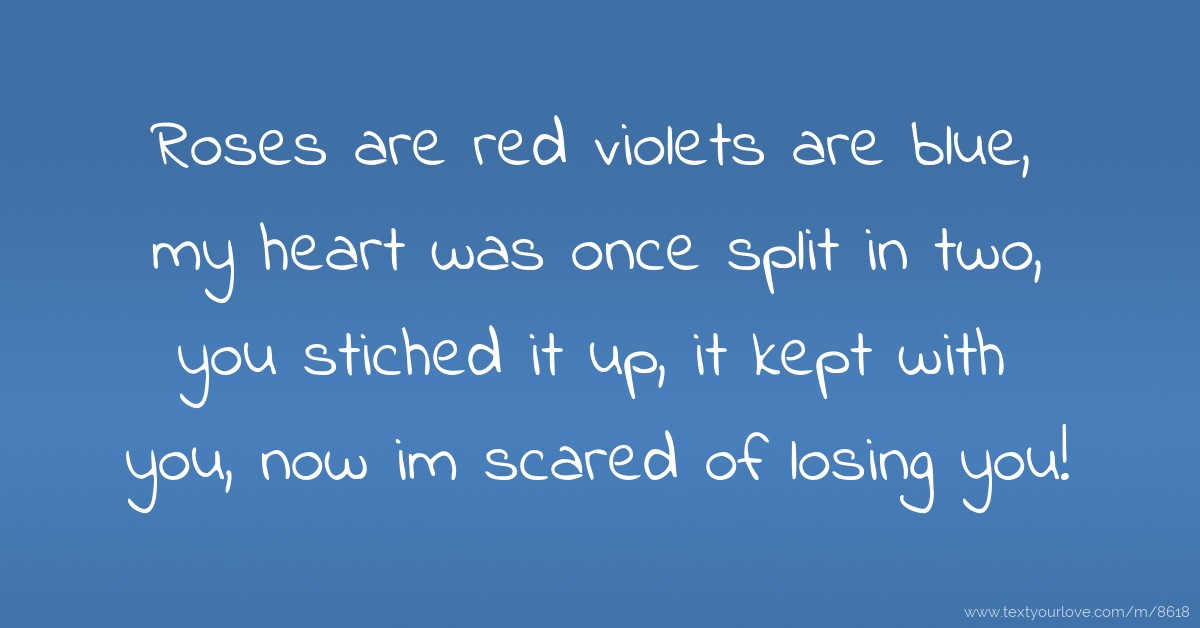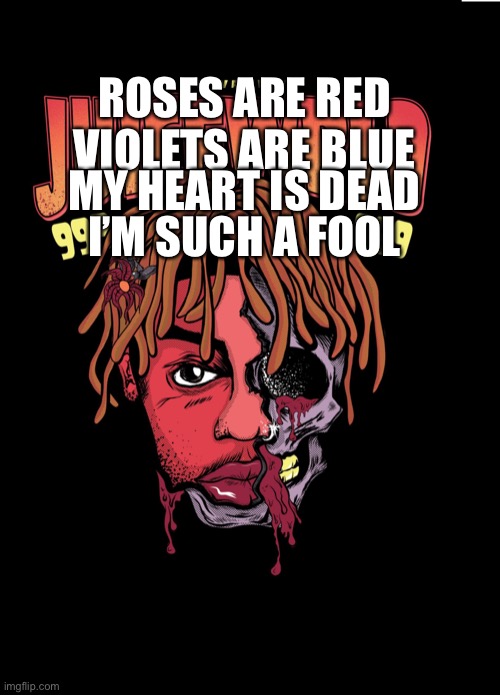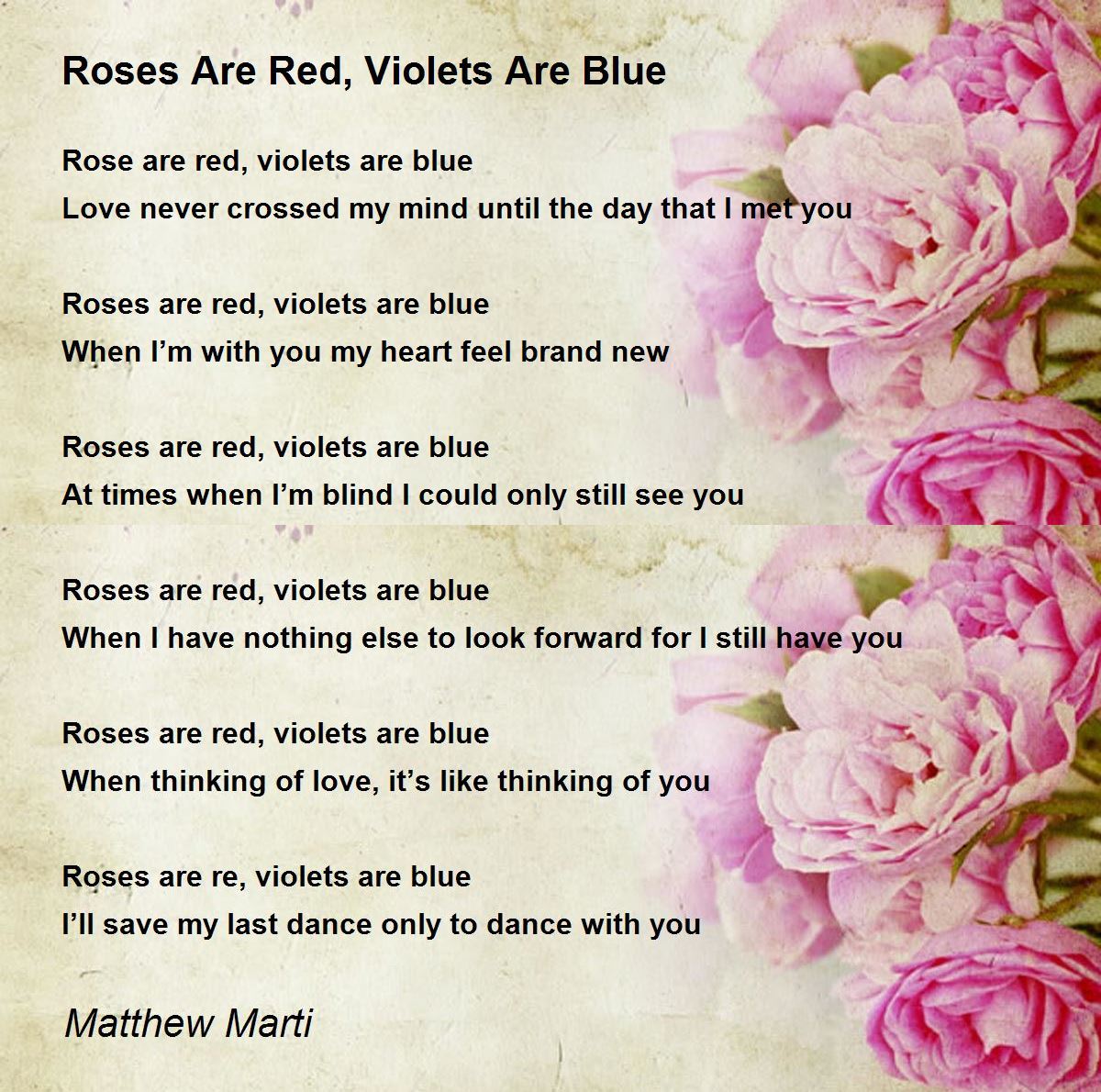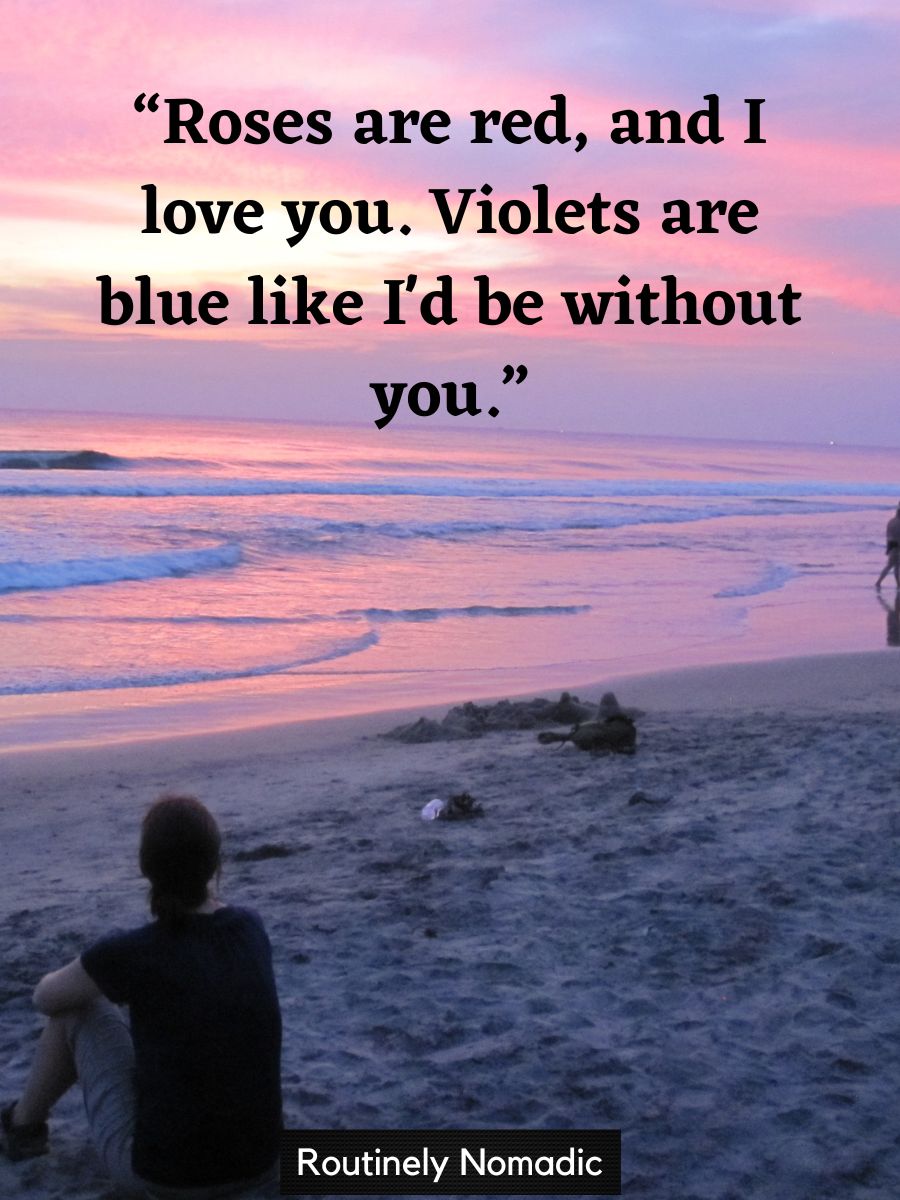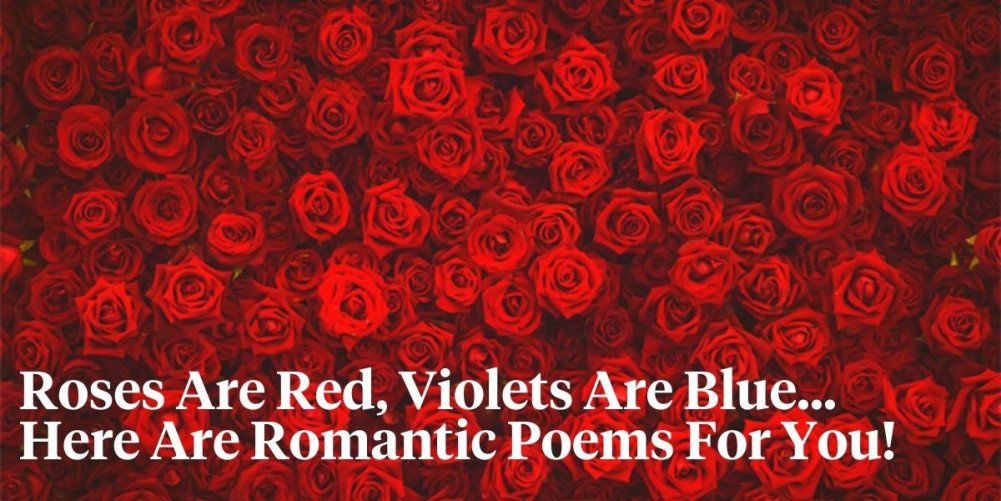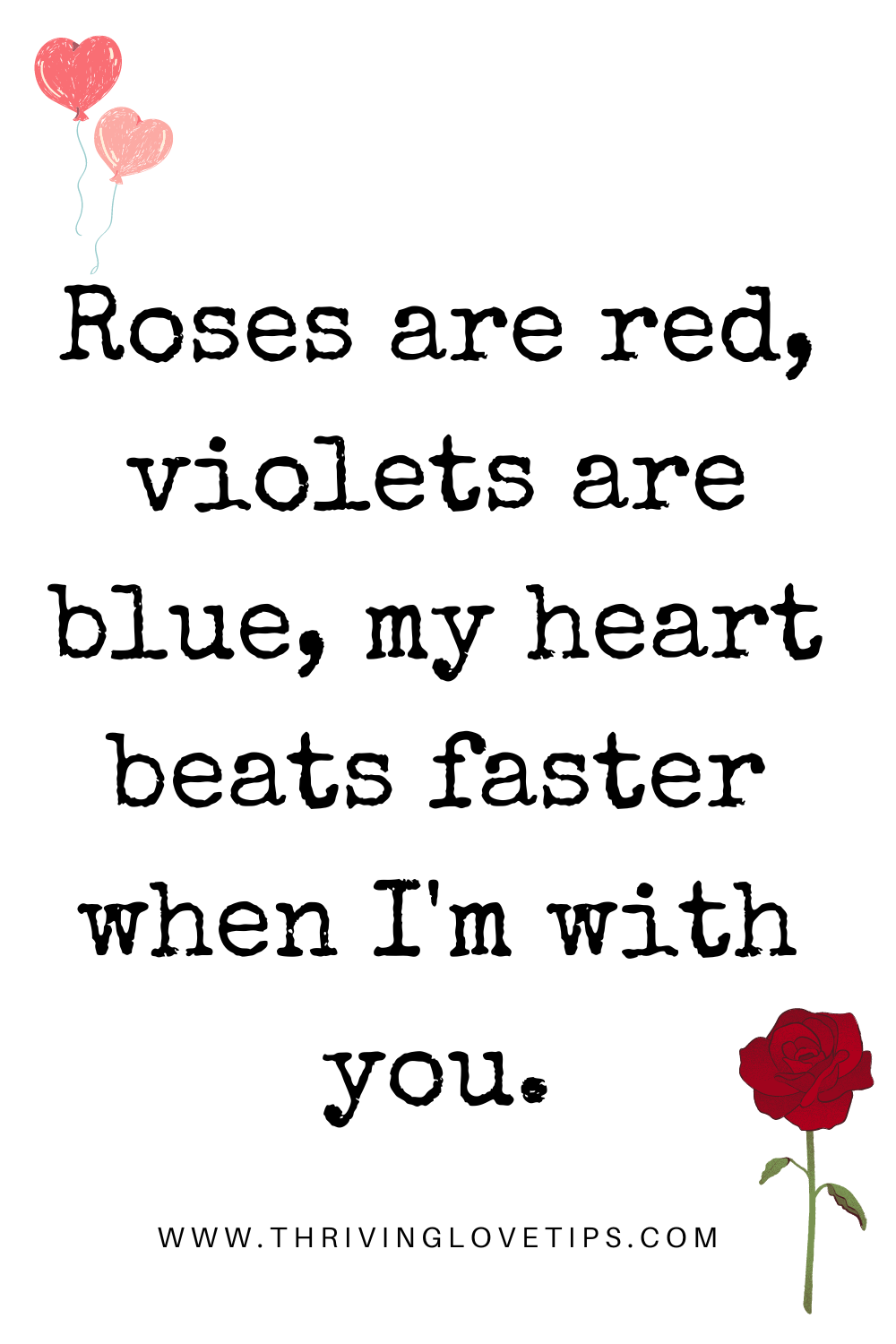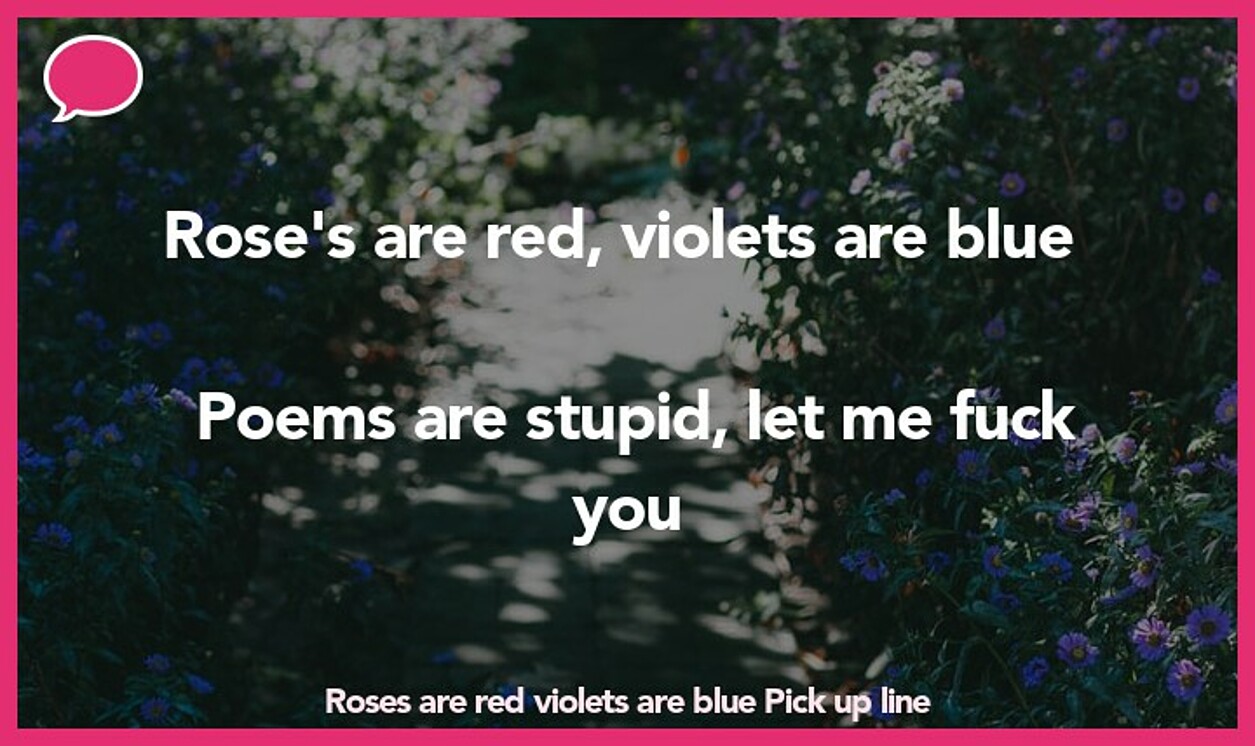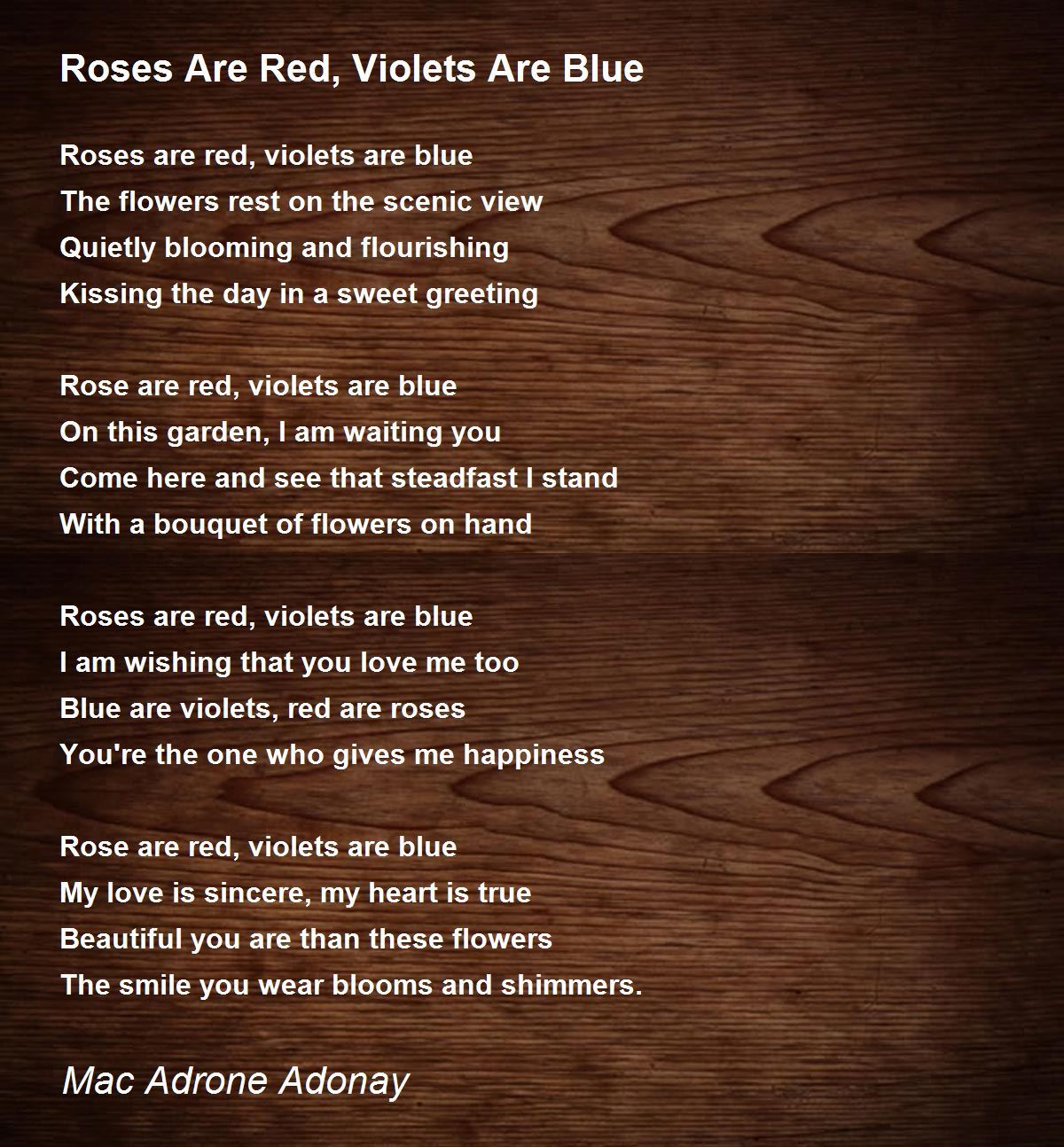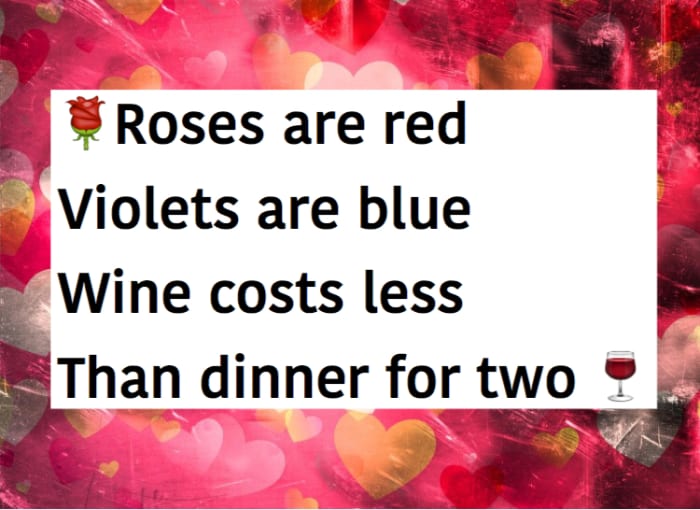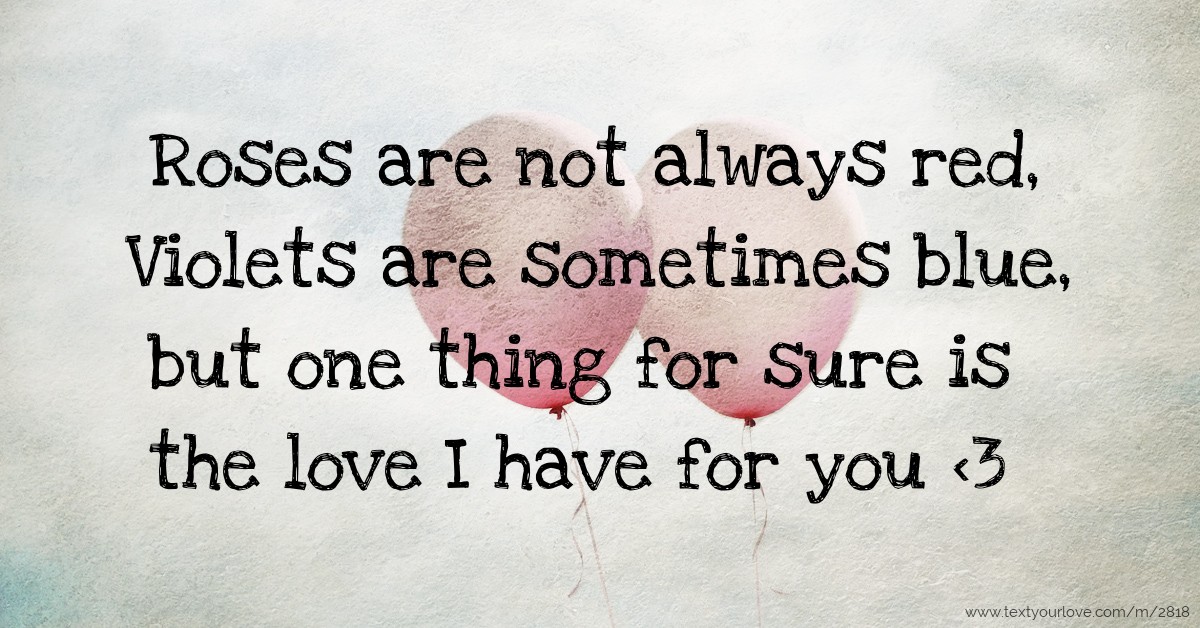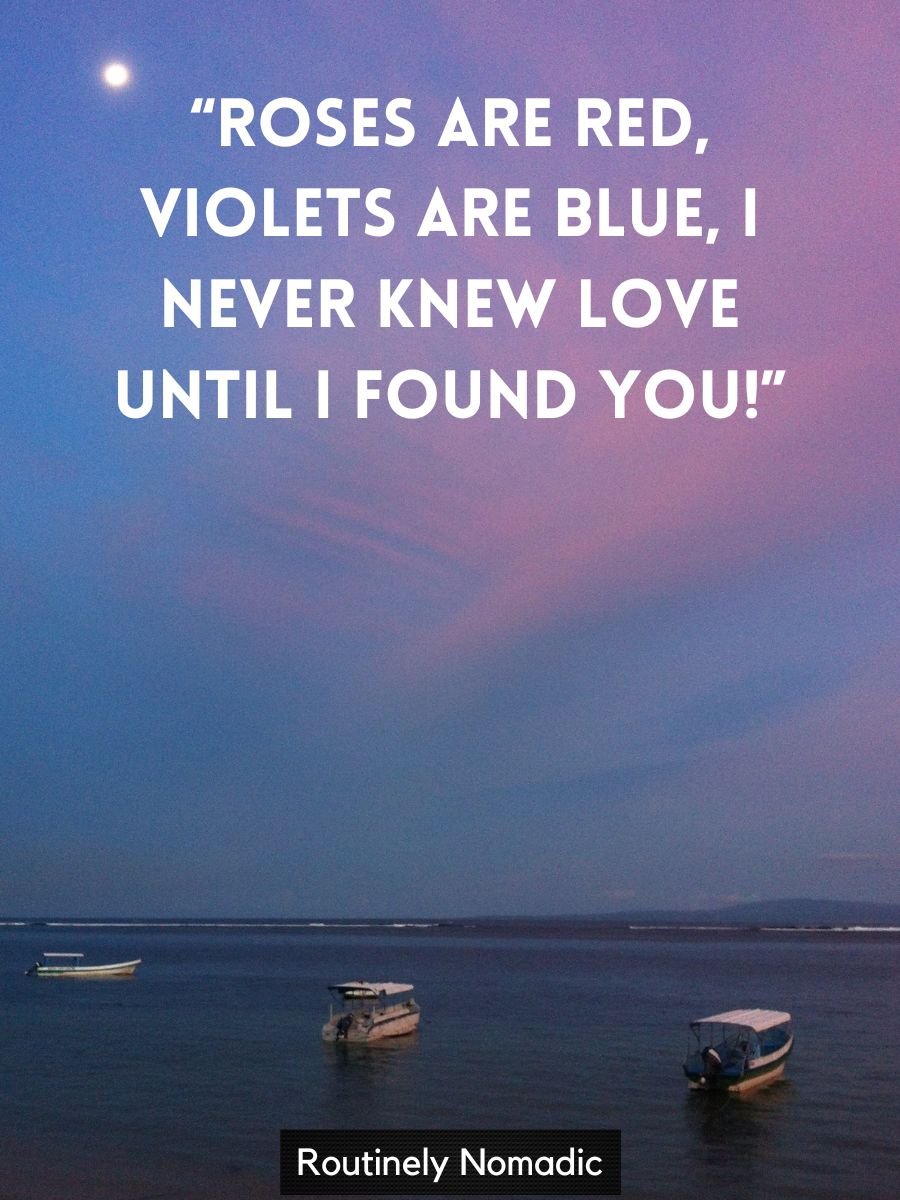Roses Are Red Violets Are Blue My Heart Is Dead
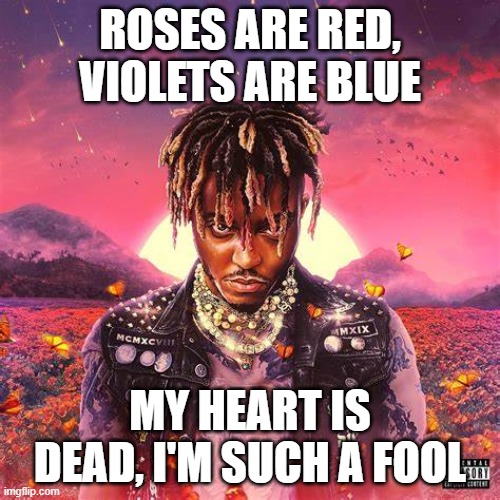
We all know it. That classic, slightly cheesy, potentially heartbreaking poem: "Roses are red, violets are blue..." But have you ever really stopped to think about it? Beyond the greeting card aisle, this simple rhyme has a surprisingly rich (and sometimes hilarious) history.
A Valentine's Day Staple, With a Twist
Think Valentine's Day. Think sappy declarations of love. Now think this poem. It's practically synonymous with February 14th, right? But the origins are a little less about chocolates and roses, and a little more... medieval.
Believe it or not, versions of this rhyme go way back! We're talking the 16th century! Edmund Spenser's epic poem, The Faerie Queen, includes a phrase that sounds awfully familiar. No roses or violets exactly, but the sentiment of complimenting someone's appearance was there.
The Evolution of a Love (and Loss) Rhyme
The *real* jumpstart came later, in the 1700s. It appeared in a collection called Gammer Gurton's Garland. This version, though, was slightly different. And... well, a bit less romantic. Get ready for it: "The rose is red, the violet's blue, The honey's sweet, and so are you."
Sweet, right? But what about the "My heart is dead" version? That's the fun part! People started playing with the rhyme. They added their own lines, often with a humorous or sarcastic twist. It became a template, a playground for words.
Suddenly, "Roses are red, violets are blue, my heart is dead" wasn't a sign of deep despair, but something more like a witty eye-roll. Think of it as the 18th-century equivalent of a meme.
From Sweet Nothings to Sarcastic Gems
The beauty of this poem lies in its adaptability. You can use it to express genuine affection. Or, you can flip it on its head and create something hilariously self-deprecating.
Let's face it: sometimes, love *is* frustrating. And sometimes, a little self-aware humor is the best way to deal with it. The "roses are red" format allows you to acknowledge the pain while still keeping things light.
Here's a quick example. Instead of "Roses are red, violets are blue, my heart is dead," you could say "Roses are red, violets are blue, I ordered online, but nothing fits true."
The Endless Possibilities
The poem's continued popularity speaks volumes. It's simple. It's memorable. And it's endlessly customizable. You can tailor it to any situation, any emotion, any inside joke.
Think about using it for birthdays. Or graduations. Or even just to break the ice with someone new! The possibilities are truly endless.
And remember: the core structure provides a solid base for your own creativity. Don't be afraid to get silly, get personal, and get writing! It’s all about what you do with it.
Beyond the Rhyme: A Reflection on Feelings
Ultimately, "Roses are red, violets are blue..." is more than just a rhyme. It's a vehicle for expressing our feelings. It allows us to explore the full spectrum of human emotion. From giddy love to utter despair. From silly jokes to deep confessions.
So next time you hear someone say, "Roses are red, violets are blue," remember the long and winding road this little poem has traveled. Remember the history. And remember that you too can write your own version and make someone's day.
Who knows? Your version might just become the next viral meme. After all, even *Shakespeare* would be proud of a good rhyme.
